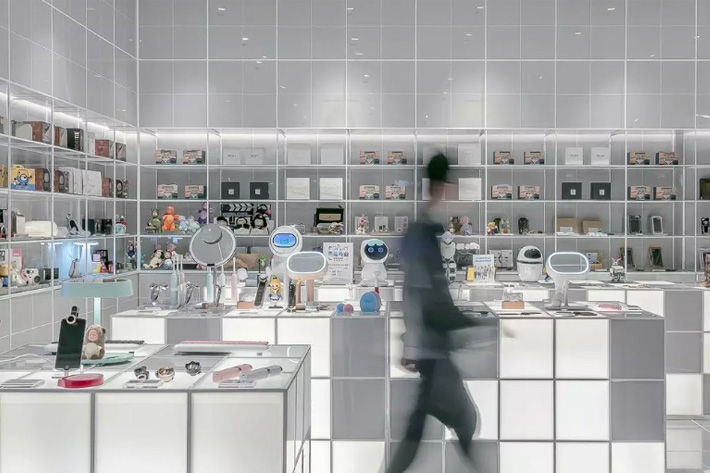
Among the most highly anticipated possibilities will be shopping and owning non-fungible tokens (NFTs), or even digital fashion, Khatib wrote on the World Economic Forum (WEF) website recently.
Shopping malls are already centres for these connections: hubs for culture, leisure, and wellness, as well as for physical shopping. And this role is set to strengthen as retailers evolve to seamlessly carry online experiences into physical spaces and vice versa, a fusion of both worlds to become ‘phygital’, he wrote.
“There is no longer a bifurcation between the physical and the digital; it’s becoming clearer that a hybrid or omnichannel approach is what customers want and expect,” he wrote.
Digitalisation is opening up new revenue streams. Rather than focusing on ones that already exist, it is creating myriad opportunities to connect with customers and drive sales beyond the in-store visit, he wrote.
To tap into this, retailers need to get used to meeting their customers wherever they are, and that includes the metaverse. Around $54 billion was spent on additional in-game content in 2020, according to JP Morgan, a figure that’s only set to grow, he noted.
The need for this seamless integration is underpinned by Google research showing multi-channel and marketplace formats will drive 86 per cent of sales growth across Europe and the United States in the next five years.
With online spending quickly catching up, metaverse can play a big role in the future of retail. Retailers with a digital presence will outperform their competitors. Metaverse can further enhance their growth, he observed.
Stores of the future, like the one in the Mall of the Emirates, will leverage technology and data to provide consumer behaviour insights. Visitor numbers, demographics, footfall heat maps, dwell times, sentiment analysis and store capacity can all be tracked and analysed to inform and tailor product offerings, improving the customer experience, he added.
Fibre2Fashion News Desk (DS)